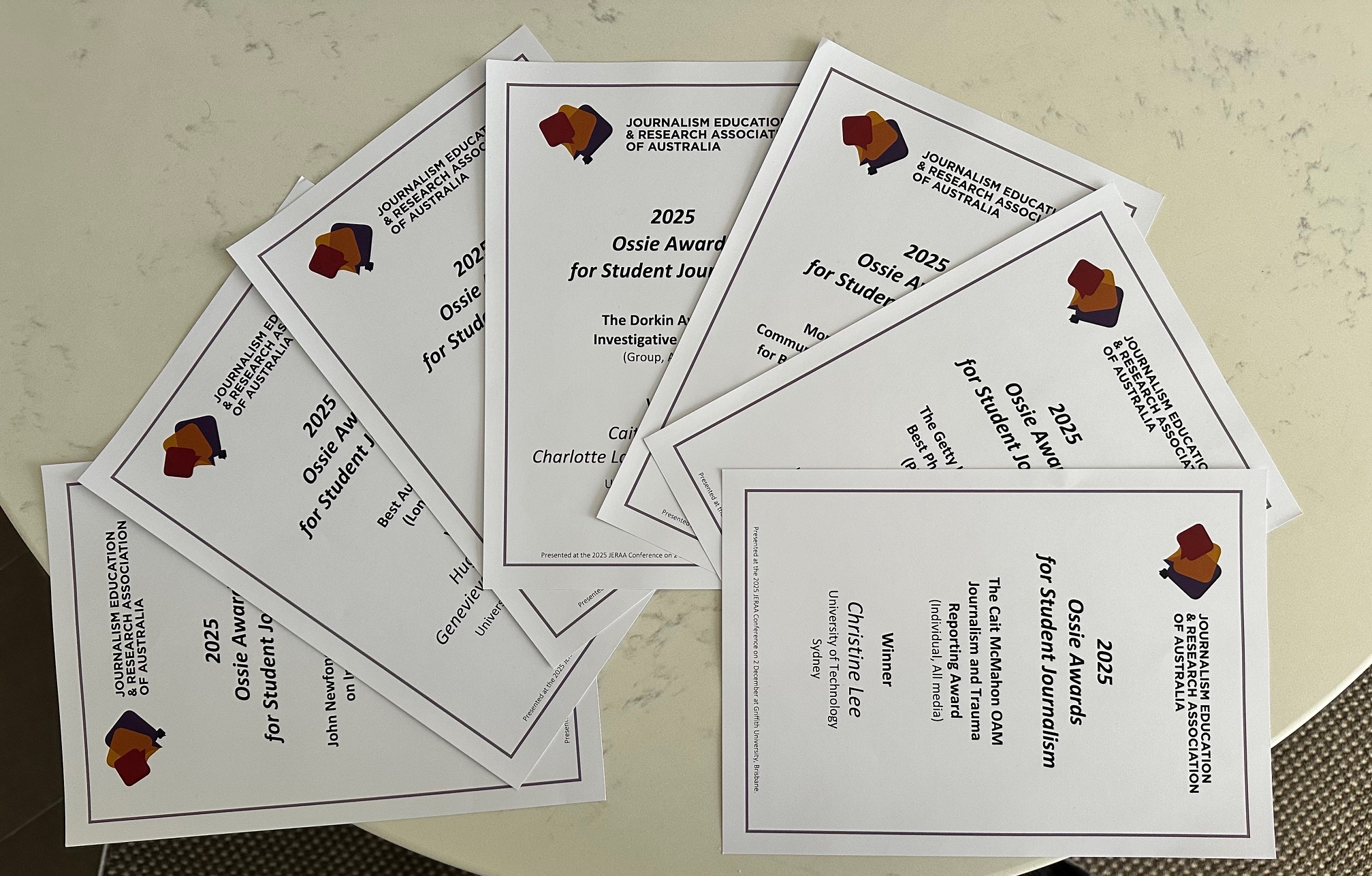Regional sports clubs are competing against each other for cash to provide suitable training resources for talented youngsters, instead of on the pitch.
With not enough funding to go around, clubs are relying increasingly on local fundraising and a lucky dip of government grants, to upkeep facilities that in some cases should have been replaced a decade ago.
Alison McCrone, the president of the Temora Athletics Club, 200 kilometres west of Canberra, said she should be more focused on sporting competitions but has found herself spending hours upon hours applying for funding.
Without community intervention, council help and large sponsorships from organisations like Coles, who sponsor Little Athletics, McCrone added resources like their new Olympic-standard long jump track wouldn’t exist.
“We’ve got one athlete who went to the Youth Commonwealth Games this year, and she was unable to train on our long jump surface because of fear of injury,” she said. “When she trained, she just had to do other drills without being able to fully do the proper jump. So she would go to other meets and hope for the best.
“It cost $80,000 and we were unsuccessful for a few years [getting funding]. Our run-up surface needed to be renewed 10 years ago.
“There was no way we could ever fundraise enough money to renew this surface. So in the end, it was our local council and community who turned up, which was fantastic.”
Temora local businesses raised $5,000 for the club and the local council provided access for them to get this grant.
Subsequently, the club received a $126,000 grant from the government under the Local Sports Grant Program, and McCrone said the track was now benefiting the whole community.
A 2022 report by the Australian Sports Foundation found 19 per cent of local clubs lacked resources and one in five regional clubs was on the verge of collapsing financially.
In addition, over the same period of time, administration costs had risen by 16 per cent — or an average $20,500.
There’s not as much funding in regional areas… we need quality sporting precincts.
Renee Valentine, a journalist for the Newcastle Herald, has watched the rise and fall of Newcastle-based clubs such as the Knights, Falcons and Hunter Jaegers, and said the difference in success had been funding.
“There’s not as much funding in regional areas, particularly Newcastle,” she told Central News. “Local sporting groups and athletes have discussed that we need quality sporting precincts.
“We could have a national league team here for netball, diving or water polo.
“We’ve had a national league basketball team and a national league netball team. But we don’t see a lot of netballers in that in the National League anymore like we used to.”
More funding may be a surface-level argument to keep athletes in their hometown; however, Valentine said it had significantly changed people’s interest in sports.
Since the expansion of the NRLW with the Newcastle Knights, numbers have soared within local clubs.
Valentine said funding and interest provided by the NRL have allowed quality talent to stay in the region.
“The NRLW is a huge example of that,” she added. “I think anyone who’s watched it has really loved the product that they’re seeing, and the NRL have noticed this as well, because they’re putting a lot of emphasis on their women’s competition
“Also, look at the Olympics. We’ve got all these women winning gold medals, so they can succeed if you give them that support or funding.”
McCrone said the process of applying for grants was overly time-consuming as she read and turned through hundreds of pages to prove her club deserved the money.
Other clubs in surrounding towns were unsuccessful winning similar grants, and she described her own club’s success as “lucky”.
If you want to go to that elite level, and there’s not that pathway in your area, you do have to make a lot more sacrifices than before.
“Temora’s standard far exceeds any of the surrounding towns,” she said. “Some of them don’t have proper take-off boards.
“There’s also lots of school carnivals are held on these surfaces, and there’s no way they can jump as well on a grass surface that hasn’t got proper takeoff boards and as what they can on the facilities.”
Athletes who don’t have resources available to them locally, such as former Socceroo Rhyan Grant, often find themselves having to relocate to pursue their dreams.
Grant left his hometown of Canowindra, which has a population of 2,000 and no quality team or training facilities, to live in Sydney, which he described as a culture shock.
“It was good to get out of my comfort zone and realise I probably wasn’t as good as I thought,” he said. “When you come here, you sort of have to learn to adapt or try and improve.
“When I go back home, people think I’m a city boy. But if I speak to people in Sydney, they all think I’m a bit of a country boy.”
Valentine said regional centres loved their sport, meaning talent needed to be fostered and grown rather than deferred elsewhere.
“I grew up in Gloucester, and sports were huge when I was in high school because there was nothing else to do,” she said.
“But, if you want to go to that elite level, and there’s not that pathway in your area, you do have to make a lot more sacrifices than before.”
Main image created by Gencraft.




























